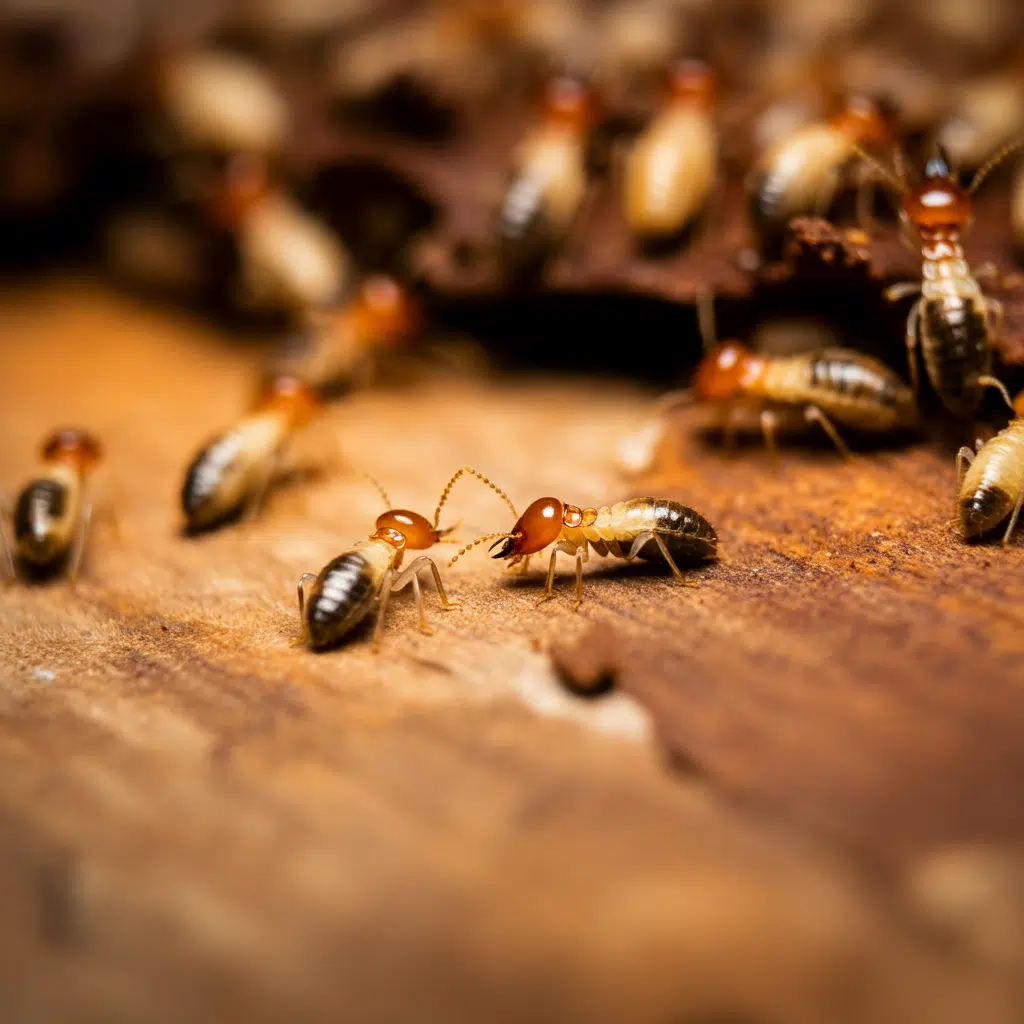

Exploring the World of Termites
Have you ever wondered about the tiny creatures that silently make their way through wooden structures, causing havoc in homes? Termites, with their fascinating yet destructive nature, have intrigued many for generations. These elusive insects are often misunderstood, and unraveling the mysteries surrounding them can be both enlightening and surprising. Let’s embark on a journey to explore the intricate world of termites and shed light on these silent invaders.
In the depths of Northern California, where nature thrives in abundance, termites find a perfect haven to build their colonies. Their social structure parallels that of ants, with distinct castes working together to ensure the survival and expansion of their community. From workers tirelessly foraging for food to soldiers fiercely defending their territory, termites exhibit a complex, highly organized, intriguing, and efficient society.
The resilience of termites is a marvel of the insect world. Their ability to consume cellulose, the main component of wood, is a skill that has propelled them to be one of the most successful insect groups on the planet. Their constant quest for new food sources drives them to explore vast territories, often leading them into contact with human habitats, where their presence can have significant consequences if left unchecked.
Understanding the Behavior of Termites

Communication among termites is a fascinating aspect of their behavior. By releasing pheromones, these tiny insects can coordinate large-scale activities, such as foraging for food or launching an attack on rival colonies. Their ability to work together seamlessly, guided by chemical signals, underscores the intelligence and cohesiveness of these minuscule yet mighty creatures.
In the quest for survival and expansion, termites exhibit remarkable behaviors that showcase their adaptability and resilience. From constructing elaborate mud tubes to protect themselves from predators to leveraging their sheer numbers to overwhelm adversaries, termites have honed their survival strategies over millions of years of evolution, making them a formidable force in the natural world.
Another intriguing aspect of termite behavior is the symbiotic relationship between them and the microorganisms residing in their digestive tracts. These microscopic allies help termites break down cellulose, enabling them to extract nutrients from wood. This intricate partnership highlights the sophisticated methods termites have adapted to thrive in diverse ecological niches.
The Truth About Termite Wings
One common misconception about termites is the belief that all termites have wings. In reality, only certain termite colony members, known as alates, possess wings. These winged individuals play a crucial role in the reproduction and expansion of the colony, often emerging in large swarms during specific times of the year to seek out mates and establish new colonies.
The presence of termite wings in or around your home can be a telltale sign of a potential termite infestation. As these fragile wings are shed after mating flights, finding discarded wings in windowsills or near light sources can indicate the presence of a nearby termite colony. Understanding the significance of termite wings can help homeowners identify early warning signs of infestation and take appropriate actions to mitigate the damage.
Dispelling Common Myths About Termites
One prevalent myth about termites is that they are flying insects. While it is true that some termites have wings, allowing them to fly during specific stages of their life cycle, the majority of termites are wingless and spend their lives within the confines of their dark, damp nest. Understanding this distinction is crucial in demystifying the behaviors and habits of these elusive insects.
Another misconception is that termites are harmful pests with no ecological value. In reality, termites play a vital role in the ecosystem by breaking down dead plant material and recycling nutrients into the soil. Their activities contribute to soil health and help facilitate decomposition, making them an essential component of the natural cycle of nutrient recycling in forests and grasslands.
Termite Infestations in Northern California
With its diverse landscapes and abundant wooden structures, Northern California provides an ideal environment for termites to thrive and increase. The warm, temperate climate and ample food sources like trees and vegetation create a welcoming habitat for these voracious insects. Homeowners in the region should remain vigilant and proactively safeguard their properties against potential termite infestations.
Regular inspections, prompt repairs of moisture issues, and implementing preventive measures such as termite barriers can help deter these silent invaders from causing costly damage to homes and structures. By staying informed about termite behavior and habitat preferences, residents of Northern California can take proactive steps to protect their properties and preserve the integrity of their dwellings.


